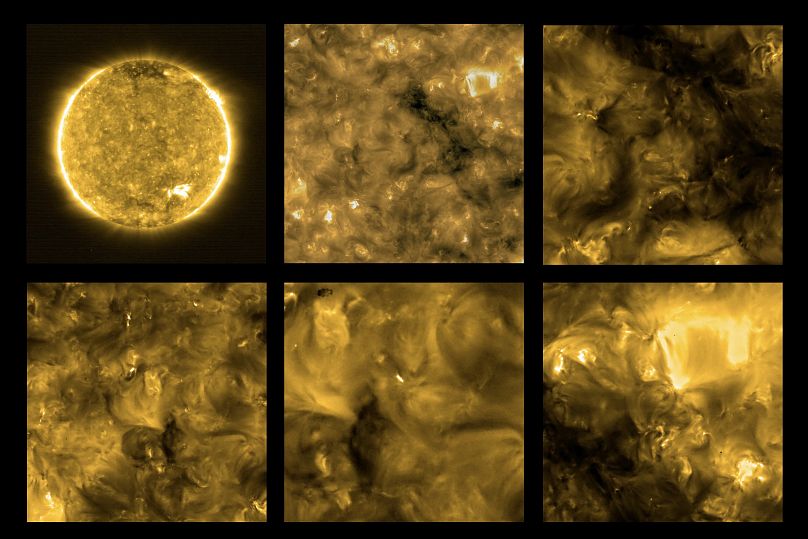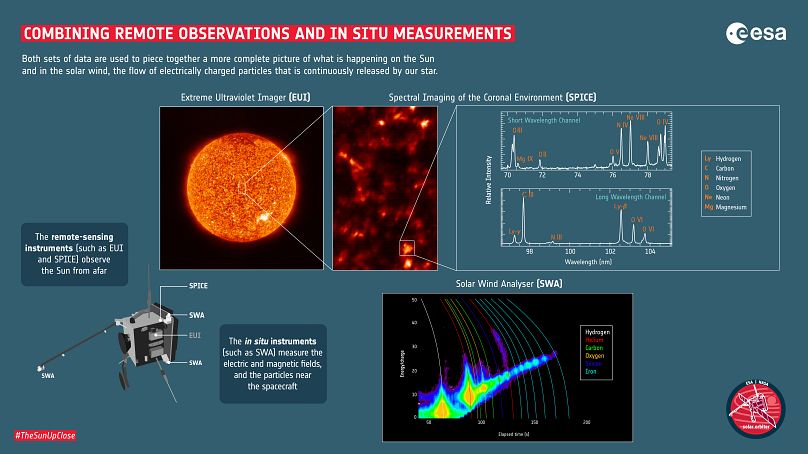No other images of the Sun have been taken from such a close distance.
The European Space Agency (ESA) has today released the first images of the Sun taken by its Solar Orbiter.
This is the closest any camera has ever been to the Sun, with the satellite just 77 million km away from it when the photographs were taken — about half the distance between Earth and the star.
“It’s as if the spacecraft had sent us a postcard from its journey,” said Daniel Müller, Solar Orbiter Project Scientist at ESA.
The satellite was launched on February 10, 2020, and made its first up-close approach to the Sun in mid-June.
In the lead up to the big reveal, Müller said: "The first images are exceeding our expectations.”
“We can already see hints of very interesting phenomena that we have not been able to observe in detail before," he added.
"The 10 instruments onboard Solar Orbiter work beautifully, and together provide a holistic view of the Sun and the solar wind.
"This makes us confident that Solar Orbiter will help us answer profound open questions about the Sun.”
The Solar Orbiter has six telescopes that capture images of the Sun and four situ instruments, which monitor the environment around the spacecraft.
Data from both instruments enables the scientists behind the mission to study the solar wind (the stream of charged particles from the Sun) and how this influences the entire Solar System.
The images seen today are the result of technical tests known as "commissioning" to ensure all parts of the spacecraft are working. Scientists say that as the Solar Orbiter gets closer to the Sun, the images will become sharper.
The team behind the mission say the poles of the Sun hold the biggest mystery as they control the Sun's magnetic field, but they don't yet know how they do this.
It's hoped that Solar Orbiter will begin revealing images of the poles and never-before-seen sides of the Sun over the next five years.
“Right now, we are in the part of the 11-year solar cycle when the Sun is very quiet,” says Sami Solanki, the director of the Max Planck Institute for Solar System Research in Göttingen, Germany, and PHI Principal Investigator.
“But because Solar Orbiter is at a different angle to the Sun than the Earth, we could actually see one active region that wasn’t observable from Earth. That is a first. We have never been able to measure the magnetic field at the back of the Sun.”













